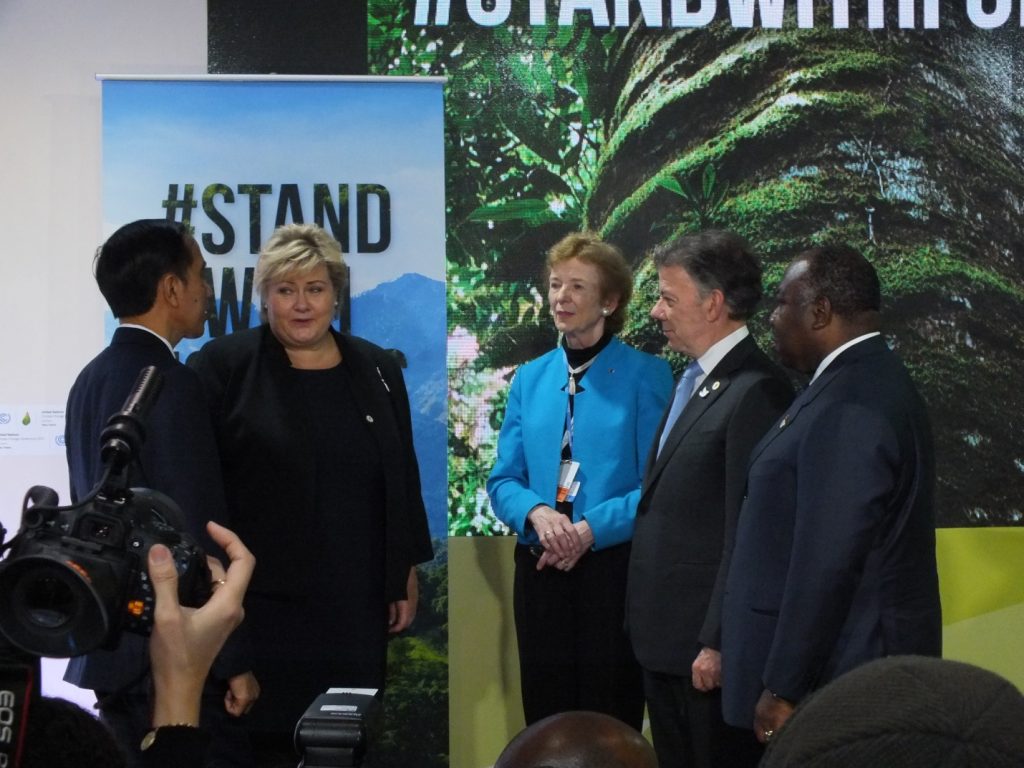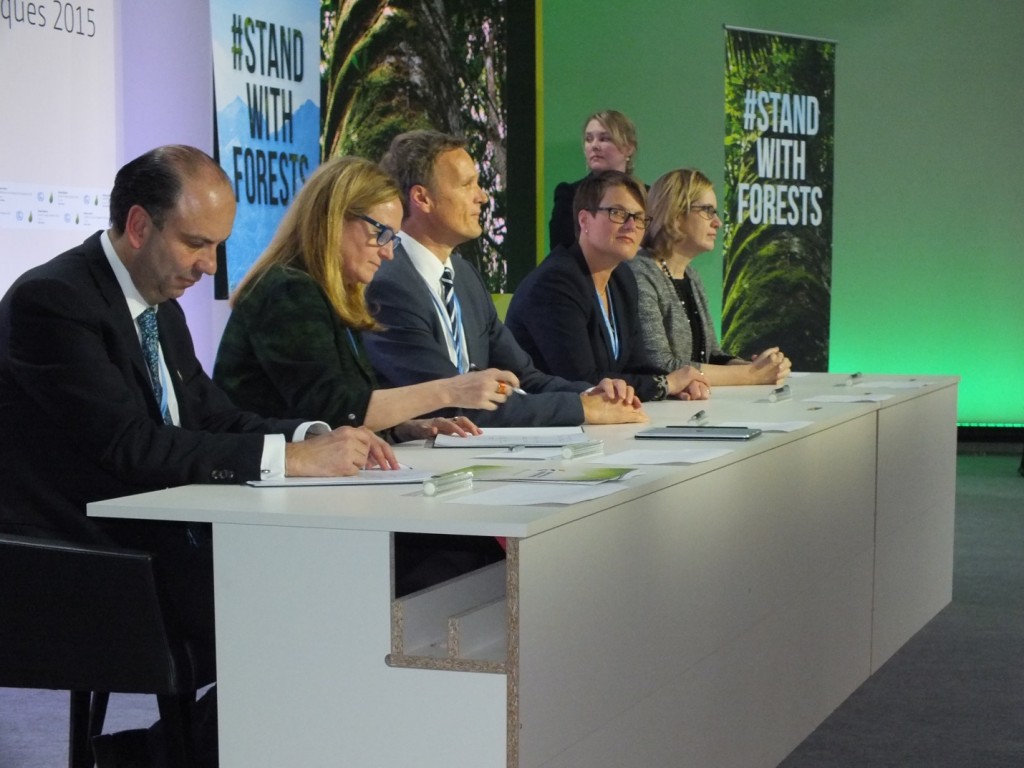Chankuap Foundation: A Cosmetics Factory In The Amazon Forest
Father Silvio Brosegihini knew nothing of marketing or logistics when he founded the Chankuap Foundation in 1996, but that didn’t stop him from helping the indigenous Achuar and Shuar people develop a sustainable cosmetics industry built on the oils of rare plants.
28 August 2017 | The Ecuadorian village of Wasakentsa lies in the foothills of the Cutucú mountains, at the edge of the Amazon Forest, in a transitional zone that nourishes scores of rare and often valuable plants that the Achuar and Shuar indigenous people use to manufacture soaps and cosmetics.
It’s a cottage industry that evolved from the actions of an Italian priest named Silvio Brosegihini, who came here more than 30 years ago to build a school but found the children too sick and hungry to focus on studies. He set out to improve their parents’ livelihoods and embarked on a long journey of trial, error, and adaptation that now supports more than 550 producers across the region.
The journey began in earnest in 1996, when Father Brosegihini created the Chankuap Foundation to help indigenous communities market their crops in the nearby city of Macas. It continued after his death in 2006, and is evolving to this day.
Getting Started
Father Brosegihini left his native Italy for Ecuador in the 1960s, and he’d become adept at navigating both the indigenous and outside worlds before arriving in Wasakentsa in the 1990s. Although his forte was education, he knew enough about economic development to know that the people needed a formal institution to link them with the outside world.
“An alternative was sought to help overcome the economic difficulties of families living in the jungle, and it was decided that the most convenient was to establish a foundation,” he said shortly before his death. “There are difficulties, but they can be overcome if we all feel responsible for this utopia: the elimination of poverty, the hope of a life worthy of the human being.”
He used his contacts to recruit agronomists and lawyers for the foundation’s board of directors, and one of the foundation’s first acts was to help the different members of the Achuar Nation create a cooperation agreement. This essentially formalized the informal networks they already used, but in a way that would be recognized under Ecuadorian law. Then they began helping indigenous farmers blend their traditional methods with modern organic farming.
Internally, the foundation focused on the recovery of seeds for cash crops like peanuts, cacao, and ginger, so that farmers could increase their yields without purchasing expensive inputs. Externally, the foundation began looking for ways to certify the products as organic – an effort complicated by the fact that the communities are scattered across 70 thousand hectares, and the production processes and conditions varied from region to region.
So the foundation recruited and trained “promoters”, who are community members qualified to teach standardized procedures to farmers across the territory. They introduced enough standardization and verifiability to earn an organic certification from the German organization BCS Oko Garantie in 1998.
That gave them a product to sell, but neither the board nor the communities had experience in retail marketing or logistics.
Moving up the Value Chain
The isolated community is two days’ journey by boat from the nearest city, Macas, so the foundation arranged weekly airlifts. That got the products to market but at a cost of roughly 50 cents per pound (Ecuador abandoned its own currency, the Sucre, in 2000, and has used the US currency ever since).
Father Brozegihini quickly realized that, to compete, the farmers would have to deliver higher-value products – such as the oils they had long extracted from local plants.
One particular oil, that of the Ungurahua tree, has traditionally been used to increase the strength and brightness of their hair, so Father Brozegihini reached out to Ctm Atromercado, a fair trade organization in his Italian homeland, for help. Atromercado responded with hand-cranked presses for extracting essential oils, and soon the communities were producing these in small flasks.
Unfortunately, the numbers still weren’t adding up, so Father Brozegihini again reached out to the old country – this time to Italian NGO VIS (Voluntariato Internazionale per lo Sviluppo) which had long worked with his Salesian Order, and they proposed moving even further up the value chain with indigenous-produced cosmetics.
“It was then that we began to develop this line of cosmetics called Ikiam, which now is comprised of about 20 products,” says Paul Arevalo, the foundation’s commercial director. “Through these products, we were able to have an outlet for these raw materials.”
A Factory in the Forest
With management advice from VIS, the foundation built a small processing plant and began offering uptake agreements to community farmers – essentially promising to buy any certified organic oils they produced. Today, the plant buys and purifies the oils, and it hires other community members to blend those oils into lotions, shampoos and soaps.
The value-added products attracted enough income to overcome the transport costs, but to draw top-dollar they’d have to certify all products – as opposed to just a few ingredients – as organic.
By then, members of the Achuar and Shuar had learned to work with networks of indigenous women who sold handicrafts in Macas, Guayaquil, and Quito – and who blended Ikiam into their product lines. The foundation then began sending the most effective representatives to trade fairs around the world – earning international customers and learning enough about the certification process to earn certification in Europe.
As the commercial enterprise grew, the foundation became self-sufficient as well. Today it covers most – but not all – of its operating expenses from commissions rather than donations. It’s grown to include 550 suppliers, but it still lacks the capacity to help new communities get up to speed.
“Sometimes communities come to us and say, ‘I want my production to be guaranteed through your marketing,’” says Arevalo. “Unfortunately, the limitation of economic and human resources does not allow us to accommodate them, so we have to ask the communities to organize themselves, to gather more interested people, to be able to arrive with a whole team of work to the community and to train and give technical assistance.”
He says the foundation has tried for forge alliances with other institutions, but has had difficulty finding ideal fits – although last year it was a finalist for the Innovative Experiences in Latin America Prize, which was awarded by Canopy Bridge, the online platform connecting environmentally-conscious consumers with sustainable producers. It entered to context to support organic certification of its creams. Although it didn’t win the prize, it did earn certification in June.
Unification: a Byproduct of Produce
The shared enterprise has had the unintended consequence of uniting the Shuar and Achuar people like never before. Indeed, these two peoples – who traditionally competed for territory and resources, are now united against oil companies seeking to disrupt the forest.


